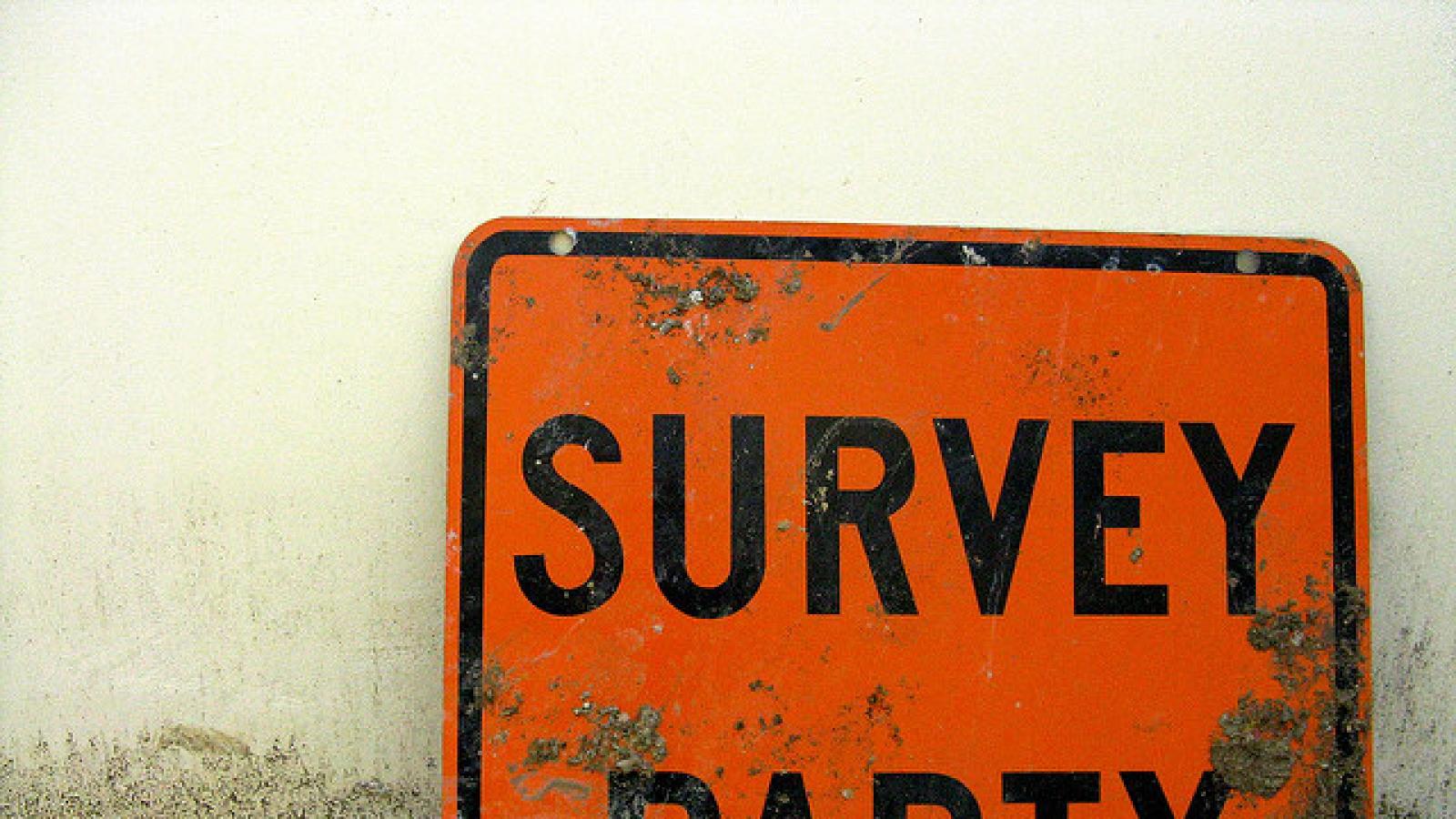Taking Note: Getting Creative about Definitions (and Research Needs) of Artists

When collecting and reporting stats about the arts or about anything else, it’s frequently necessary to run what researchers call a “validity check.”
There are many ways of doing this. First, one hopes that the survey instrument—the questions being asked—and the sampling strategy itself have been piloted and any kinks removed before data collection begins. Then, once the data pour in, they must be cleaned and weighted if the goal is to extrapolate results to a larger group. But validation also occurs after the findings have hit the street. When the NEA’s research office reports data on how Americans participate in the arts, for example, we’re accustomed to one of four possible reactions from arts funders or practitioners (who are by no means the only “users” of the data):
- “Yes, that’s exactly what I’m seeing out there; now we have to pull together to combat (or sustain) this trend.”
- “That’s not what I’m seeing at all.”
- “Duh! Did we need a survey to know that?”
- “Okay. I’m prepared to believe those are the results, given the questions you asked. But how about asking these questions instead?”
- Reporting detailed geographic estimates, where possible (see NEA Arts Data Profile #1), to supplement the NEA’s periodic statistical reports about U.S. artists.
- Reporting estimates and characteristics of workers who moonlight as artists (see NEA Arts Data Profile #3), and those who work in the field of industrial design (see this report), and workers for arts and cultural industries as a whole (see here).
- Supporting a study investigating the relationship between undergraduates' arts or non-arts training and the development of workforce skills such as creative problem-solving and entrepreneurship. (This report’s just out!)
- Supporting a study of artists' employment patterns relative to prior decades, how artists found new markets during and after the recent recession, and how they use crowdfunding sites in the “gig” economy. (Joanna Woronkowicz at Indiana University-Purdue University Indianapolis shares some of her insights here, though the study is still in progress.)
- Supporting a mixed-methods study to collect and analyze data from U.S.-based musical artists, for the purpose of understanding how revenue streams for musicians and composers have changed over time, relative to genre, state of the artists’ careers, and artist locations. (The study is still in progress.)
- Planning an omnibus report on artists and other cultural workers, drawing from multiple data sources, to examine variables including degrees earned by artists, industries employing artists, employment projections for artists, and new hires and job flow. (The report will come out in 2017.)




